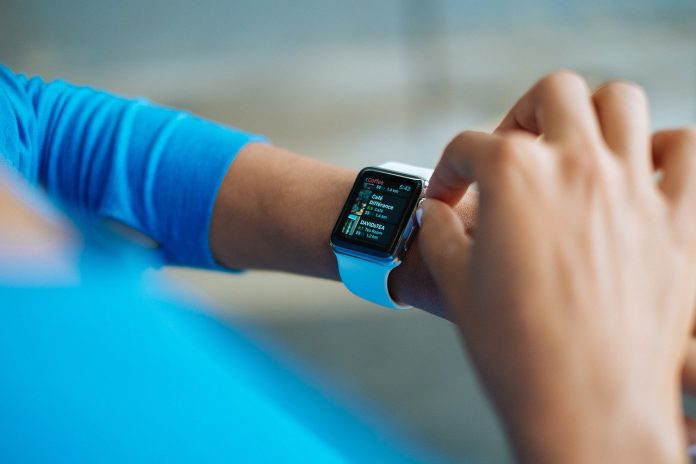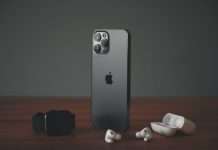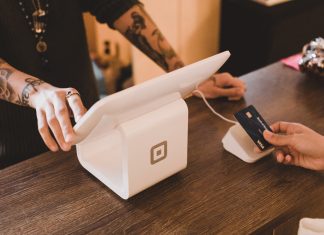Belgian bank KBC is from now on enabling its customers to use wearable technology to conduct contactless payments.
Wearable technology is here to stay. People use everything from smartwatches to digital rings for more than keeping track of their fitness goals. Insurers are increasingly utilising the data from wearables to better gauge how much their customers should pay for their policies, employers are using the devices to keep track of their employees’ wellbeing in the hope of reducing-workplace related compensation claims, and more people use the gadgets to make contactless payments.
The Belgian bank KBC has now become the latest institution to join the movement after announcing that it will from now on enable its users to use wearable technology to make contactless payments. The announcement comes after a year of testing in which KBC had 1,000 of its customers use the technology.
“We were very pleasantly surprised by the number of enthusiastic volunteers who came forward at the beginning of the pilot to test payment with a watch, ring, keyring or bracelet,” said Karin Van Hoecke, general manager for digital transformation at KBC Belgium.
“We regularly questioned the 1,000 customers who took part in the pilot about their experiences, so that we could make minor adjustments. What we learned from this was that the wearable you use to make payments needs to match your personal style. That led us to broaden the offering, so that there are wearables for everyone’s style and budget.
“The volunteers were very satisfied from the outset with the ease of use. A final survey showed they were enthusiastic about continuing to use this way of payment. That’s what prompted KBC to open up the service to all our customers. They too can now enjoy an innovative addition to the various payment options we already offer.”
So from now on KBC customers will be able to pay with a wearable device everywhere they can already pay contactless with their KBC Debit Card.
The news comes as contactless payment is becoming more popular due to the coronavirus pandemic. By using cashless alternatives, people reduce the risk of infection. While KBC noted this trend in Belgium, the neighbouring Netherlands was leading the drive for using wearables to conduct payments before the pandemic.
The Netherlands was responsible for 33% of all wearable payments completed in 2019, according to research from Mastercard. Coming in second place was the UK with 18%, then Switzerland with 8% and Russia was fourth largest with 7%.
Other interesting data from the KBC pilot may give some guidance to other companies looking to use wearables for their payments. The research found taht rings, smartwatches and keyrings were considered the most convenient wearables with 34% of users preferring the ring, 21% the smartwatch and 18% the keyring. The study also found that six out of ten users almost always had the wearable with them and two out of three would probably consider buying a wearable device in the future.
Copyright © 2020 FinTech Global











